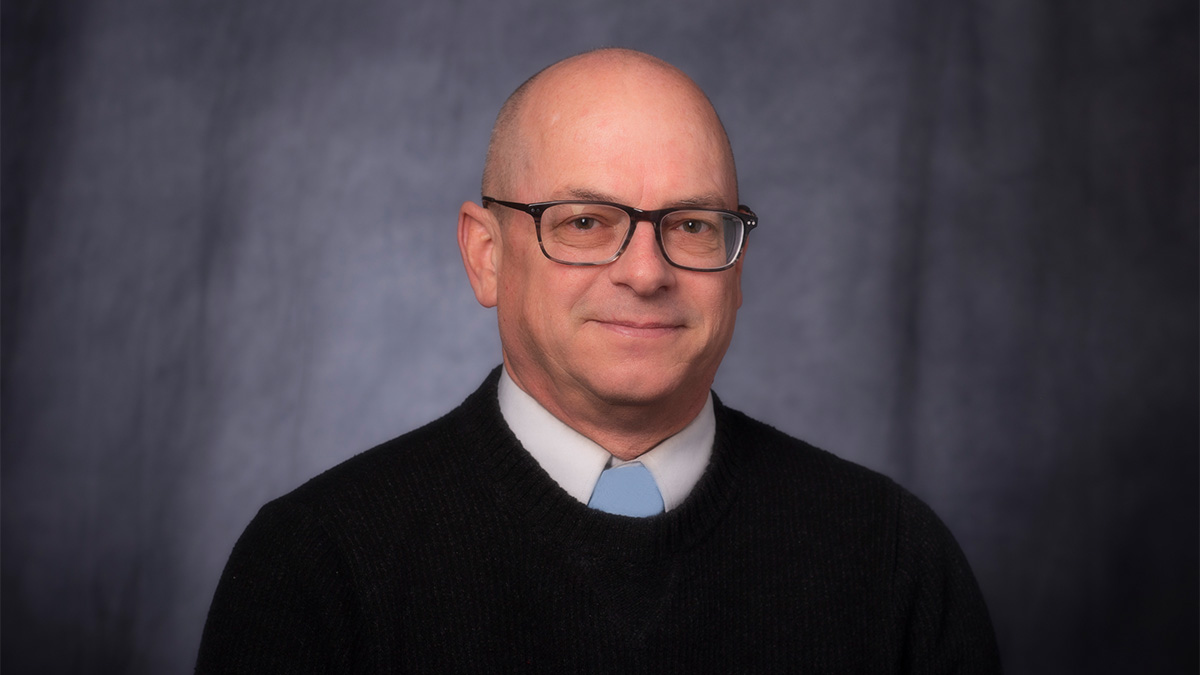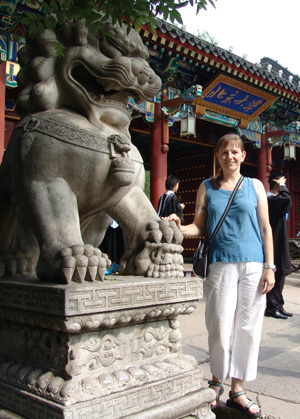Research Facilities
Our Chapel Hill location fosters interactions with faculty, students and staff from other UNC-CH departments, nearby research institutions (e.g., Duke, NCSU) and companies (e.g., Glaxo-Wellcome); places scientists within easy reach of RDU International Airport, allowing for the convenient transport of equipment and personnel to distant ports and field locations; and provides ready access to RTP’s advanced computational resources. The department’s sister unit, the Institute of Marine Sciences in Morehead City, provides coastal access for field studies and instruction. Shared, flexible laboratory space is also now available at the Institute since the addition of a new wing.
Specialized analytical equipment and facilities include low background alpha, beta and gamma detectors, a dedicated GC/MS system, a state-of-the-art isotope ratio monitoring mass spectrometry facility for compound specific carbon analyses, high capacity light- and temperature-controlled incubators, and a full range of specialized chromatographic and spectroscopic gear.
Observational instrumentation for field use includes a suite of current meters and temperature/pressure sensors, near-bottom and sub-bottom water samplers and profilers, and a specially built a sensor and data system for aircraft sampling of the coastal ocean and atmosphere.
 Drs. Scotti and White have played central roles in the development of The UNC Joint Fluids Lab (JFL), which is an interdisciplinary facility for fluid dynamics research founded as a joint collaboration between the Departments of Marine Sciences and Mathematics. The JFL was made possible by generous contributions from the College of Arts and Sciences, the Provost and the University, making available 4,500 sq. ft. and $600K for the upfit to a working laboratory located in the “Heel” Space of the Carolina Science Complex building, Chapman Hall. With external funding from two NSF “Major Research Instrumentation” (MRI) Grants and two ONR “Defense University Research Instrumentation Program” (DURIP) grants, the Fluids Lab now houses a 36 meter long modular stratified wave tank, which includes a unique 3 m-deep section for the study of deep-water waves, and a 3-m wide section that can simulate currents in open, shallow bays, as seen below. The wave tank is fully equipped with remotely-controlled instrumentation carts that move on high precision rails and two Particle Image Velocimetry (PIV) instrumentation systems that permit high-resolution 3D measurements of currents in wave-driven, density-stratified, and turbulent flows important to ocean physics. A new wavemaker will facilitate the study of surface waves, with two primary focuses: (1) better prediction of the forces of waves on vulnerable shorelines and (2) the development of new technologies to capture energy inherent in surface waves.
Drs. Scotti and White have played central roles in the development of The UNC Joint Fluids Lab (JFL), which is an interdisciplinary facility for fluid dynamics research founded as a joint collaboration between the Departments of Marine Sciences and Mathematics. The JFL was made possible by generous contributions from the College of Arts and Sciences, the Provost and the University, making available 4,500 sq. ft. and $600K for the upfit to a working laboratory located in the “Heel” Space of the Carolina Science Complex building, Chapman Hall. With external funding from two NSF “Major Research Instrumentation” (MRI) Grants and two ONR “Defense University Research Instrumentation Program” (DURIP) grants, the Fluids Lab now houses a 36 meter long modular stratified wave tank, which includes a unique 3 m-deep section for the study of deep-water waves, and a 3-m wide section that can simulate currents in open, shallow bays, as seen below. The wave tank is fully equipped with remotely-controlled instrumentation carts that move on high precision rails and two Particle Image Velocimetry (PIV) instrumentation systems that permit high-resolution 3D measurements of currents in wave-driven, density-stratified, and turbulent flows important to ocean physics. A new wavemaker will facilitate the study of surface waves, with two primary focuses: (1) better prediction of the forces of waves on vulnerable shorelines and (2) the development of new technologies to capture energy inherent in surface waves.
A new addition to the Fluids Lab project recently completed in September 2012 with generous support from both the College of Arts and Sciences and an external ONR DURIP grant has created a recycling system for saltwater. The system consists of storage tanks for salt and fresh water, a reverse osmosis filtration system, and a series of pumps with external control that can deliver salt/freshwater with arbitrary concentration to the wave tank. This new system creates a unique facility (one of perhaps less than five of its kind in the world) for studying density-stratified flows at large scales, capturing physics relevant to ocean scales. The wave tank and stratified flow facility will permit the study of large internal waves, turbulent mixing in stratified flows, buoyant plumes formed during deepwater oil blowouts, and particulate carbon sinking in stratified water columns. These stratified flows are important both to the water and energy cycles that drive the global ocean circulation and in coastal waters for their influence on the transport of biological organisms, chemicals, and pollutants in nearshore and continental shelf regions.
 The Aquarium Research Center (ARC) is a fully equipped, 900-square-foot flow-through seawater lab in the basement of Venable Murray Hall. This lab was custom-designed for experimental ocean acidification/warming research. The facility features a flow-through plumbing system designed to mimic coastal culturing facilities (seawater is created from salt-mixtures within the lab), space and electricity for the simultaneous operation of 60 20-L aquaria, a custom-built CO2-air gas-mixing system, in-line temperature, salinity, pCO2, and seawater-flow control/metering, continuous online data-logging of most monitored parameters, fully adjustable lighting above each aquarium, corrosion-resistant plumbing and hardware, self-draining floors, and saltwater-protected GFCI electrical outlets. ARC became operational in 2010.
The Aquarium Research Center (ARC) is a fully equipped, 900-square-foot flow-through seawater lab in the basement of Venable Murray Hall. This lab was custom-designed for experimental ocean acidification/warming research. The facility features a flow-through plumbing system designed to mimic coastal culturing facilities (seawater is created from salt-mixtures within the lab), space and electricity for the simultaneous operation of 60 20-L aquaria, a custom-built CO2-air gas-mixing system, in-line temperature, salinity, pCO2, and seawater-flow control/metering, continuous online data-logging of most monitored parameters, fully adjustable lighting above each aquarium, corrosion-resistant plumbing and hardware, self-draining floors, and saltwater-protected GFCI electrical outlets. ARC became operational in 2010.
The scanning electron microscope (SEM) laboratory consists of a Tescan SEM with semi-quantitative EDS capabilities, and an Cressington automated sputter coater. The X-ray analysis system was recently upgraded to a silicon drift detector with a 4pi analyzer and software, using funds from Dr. John J.W Rogers and the University.
SEM Calendar (click to access the calendar for sign-ups)
More Information

Drew S. Coleman
Chair, Environment, Ecology and Energy Program
Professor
(919) 962-0705
(919) 966-4519

More Information

Allen F. Glazner
Emeritus Mary Lily Kenan Flagler Bingham Distinguished Professor
afg@unc.edu(919) 962-0689


